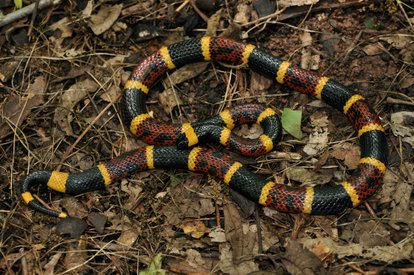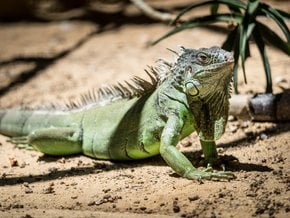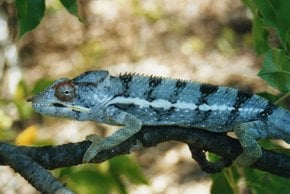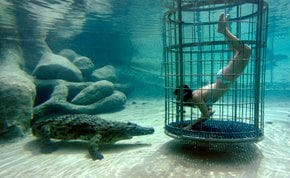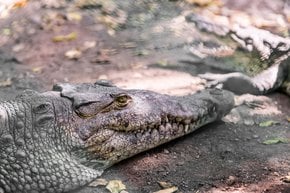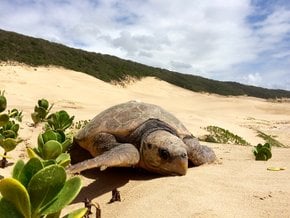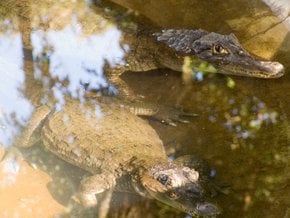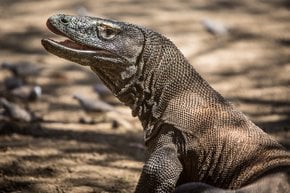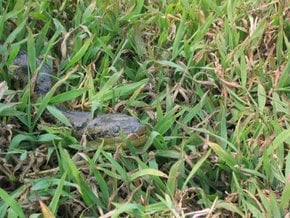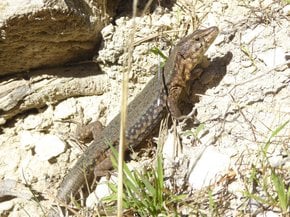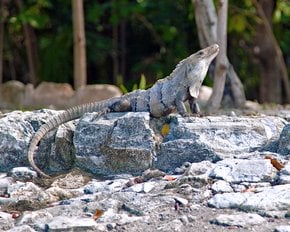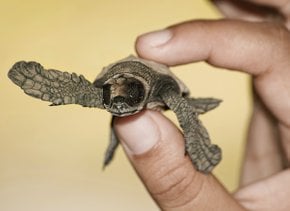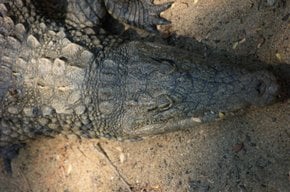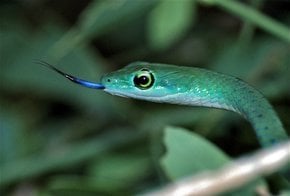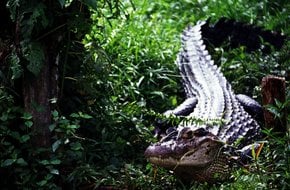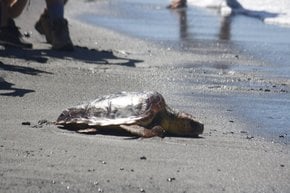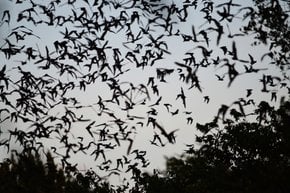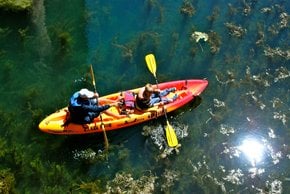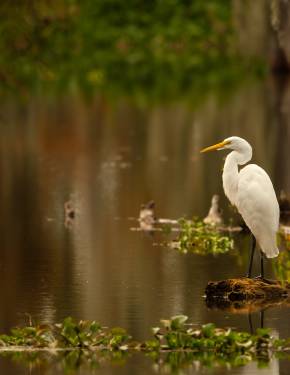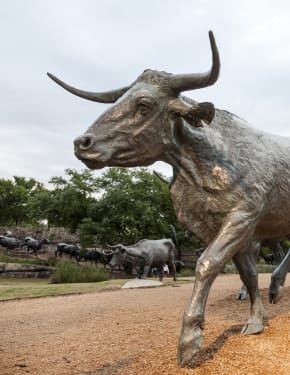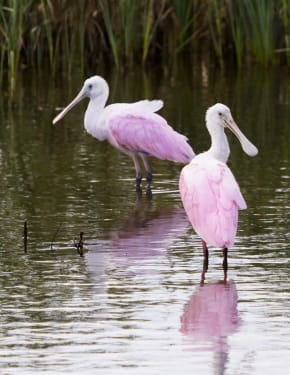Snake Season in Texas 2026
Snakes have been an object of fascination, fear, and suspicion since ancient times
Best time: March–May
With warm weather and spring rainfall, snakes come out of their cozy winter shelters and become noticeable. The weather of South Texas is suitable for snakes all year long, while the rest of the Lone Star State gets them mostly in the spring.
People and pets should be aware and on the lookout for dangerous species. In Texas, you can find four types of venomous snakes. These are the coral snake, copperhead, rattlesnake, and cottonmouth. Although lots of people are scared of snakes, they are not aggressive, unless you provoke them. Snakes also play a key role in the balance of nature, as they control the population of rodents, lizards, and even bugs.
Various species of snakes are abundant in the Galveston Island State Park, Guadalupe Mountains National Park, Choke Canyon State Park, and Franklin Mountains State Park, in El Paso.
If you ever get bit by a venomous snake, seek medical help immediately. You shouldn't run or drive yourself to the hospital, as the spread of venom in your body could put you in a state of paralysis. So watch out, especially in high grass or near water reservoirs.

